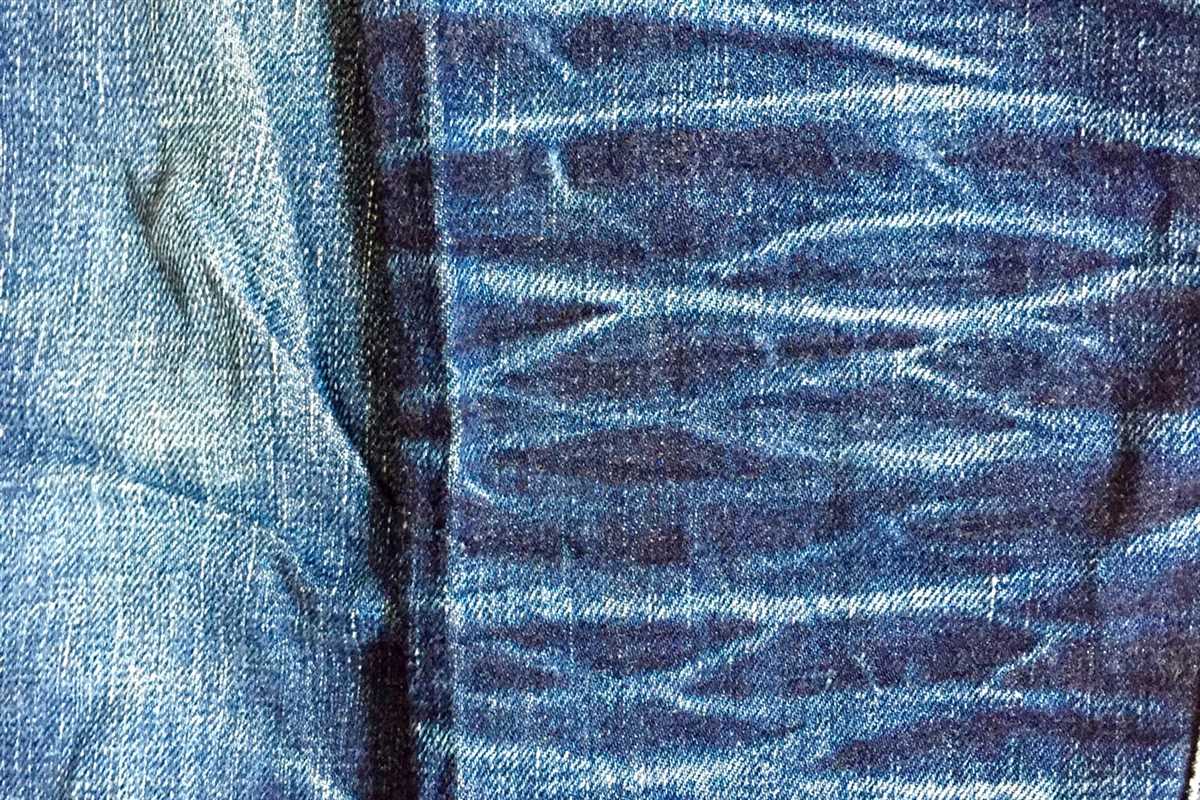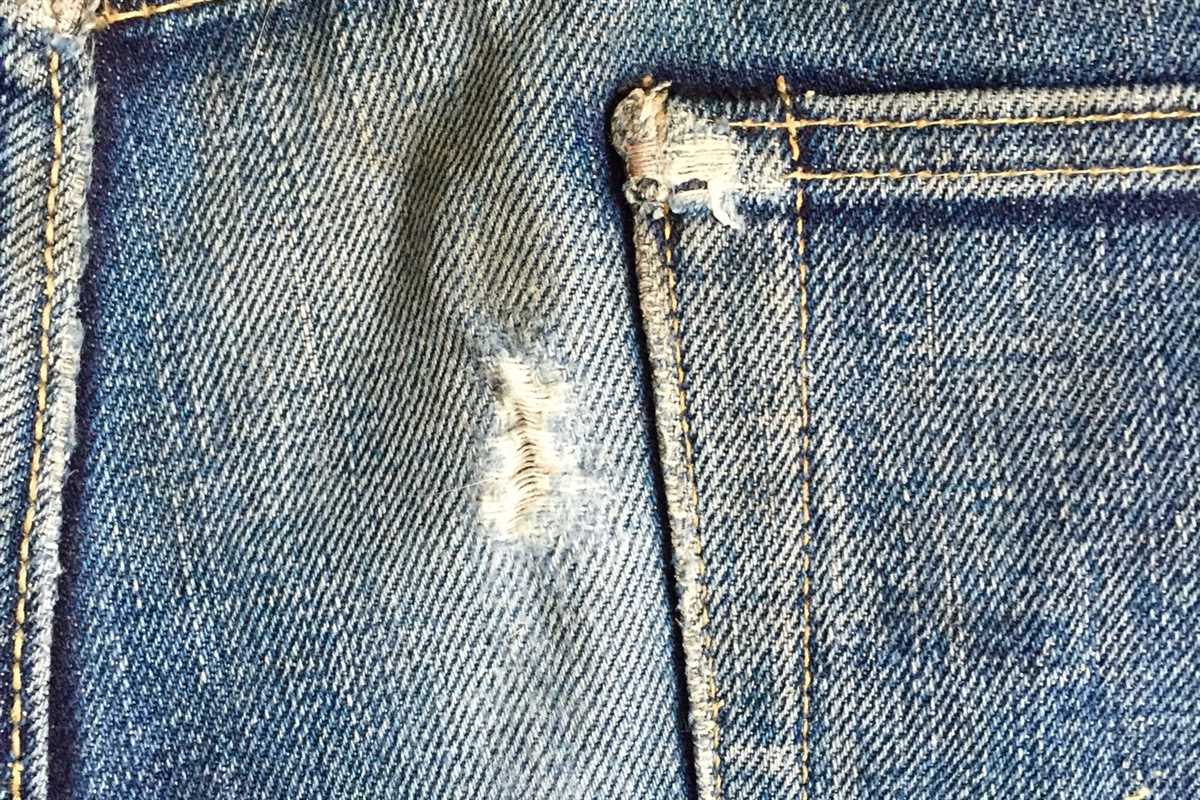


Jeans are a staple in most people’s wardrobes. They are comfortable, versatile, and stylish. However, washing jeans can be a bit tricky. If not done properly, they can lose their shape, fade, or even shrink. In this ultimate guide, we will walk you through the best practices for washing jeans to keep them looking their best.
Regular maintenance is key to prolonging the life of your jeans. One simple way to keep them fresh between washes is to spot clean any stains or spills immediately. This will prevent the need for frequent washing, which can cause wear and tear.
When it comes to washing your jeans in the machine, there are a few important things to keep in mind. First, turn your jeans inside out to protect the outer fabric from excessive friction. This will help preserve the color and prevent fading. Additionally, using cold water is best to prevent shrinking and maintain the integrity of the denim.
Pro tip: Adding a cup of vinegar to the rinse cycle can help to remove any excess detergent residue and keep your jeans soft and fresh.
Step 1: Sorting and Preparation
Before washing your jeans, it is important to sort them properly and prepare them for the washing process. Follow these steps to ensure the best care and maintenance for your jeans:
- Sort by color: Separate your jeans into different piles based on their color. This will help prevent color bleeding and keep your jeans looking fresh. Sort them into dark, light, and colored piles.
- Check for stains: Inspect each pair of jeans for any stains or spots. It is best to treat these stains before washing to ensure they are removed successfully. Use a stain remover or a mixture of water and detergent to treat the stains.
- Turn your jeans inside out: Turning your jeans inside out before washing can help preserve the color and prevent fading. It also protects any embellishments or decorative details on the outside of the jeans.
- Fasten zippers and buttons: Before washing, make sure to fasten all zippers and buttons on your jeans. This helps prevent any damage to the zippers or buttons and ensures that they stay in place during the washing process.
- Empty pockets: Check and empty all pockets in your jeans. Leaving items like coins, keys, or tissues in your pockets can cause damage to both your jeans and your washing machine.
By sorting and preparing your jeans properly, you can ensure that they receive the best care during the washing process. This will help prolong their lifespan and keep them looking great for longer.
Step 2: Choosing the Right Temperature
Choosing the right temperature for washing your jeans is important to ensure that they are cleaned effectively without causing any damage. Different fabric types and wash instructions may require different water temperatures. Here are some guidelines to help you choose the right temperature:
- Cold Water (30°C or below): Cold water is gentler on fabrics and helps prevent color fading. It is suitable for dark-colored jeans or those with delicate embellishments. Cold water also saves energy, making it an eco-friendly choice.
- Warm Water (30°C to 40°C): Warm water can effectively remove dirt, oil, and stains from jeans. It is a good choice for regular washes and for jeans made of sturdy denim fabric. However, avoid using warm water for jeans with vibrant or dark colors to prevent color bleeding.
- Hot Water (40°C or above): Hot water is best for killing bacteria, germs, and allergens. It is suitable for cleaning heavily soiled jeans or for removing stubborn stains. However, hot water can cause shrinkage and fading, so it should only be used with caution and for jeans that specifically allow hot water wash.
It is important to check the care label on your jeans for any specific temperature recommendations. If no specific temperature is mentioned, it is generally safe to wash jeans in cold or warm water. Use hot water sparingly and only when necessary.
Step 3: Using the Proper Detergent
Choosing the right detergent for washing your jeans is essential to keep them looking fresh and vibrant. Here are some tips to help you select the best detergent:
1. Use a mild detergent
Avoid using harsh detergents that contain bleach or enzymes, as these can damage the fabric. Look for a mild detergent that is specifically formulated for denim or delicate fabrics.
2. Consider liquid detergent
Liquid detergents are generally considered gentler on fabrics compared to powdered ones. They dissolve easily and evenly, ensuring that your jeans are thoroughly cleaned without leaving any residue.
3. Check for pH balance
Look for a detergent that has a neutral or slightly acidic pH balance. pH-neutral or slightly acidic detergents are less likely to cause color fading or damage the fabric of your jeans.
4. Avoid fabric softeners
Fabric softeners can leave a residue on denim, making it stiff and reducing its ability to absorb dye evenly. Avoid using fabric softeners when washing your jeans.
5. Try eco-friendly options

If you’re conscious about the environment, consider using eco-friendly detergents. These are made from natural ingredients and are biodegradable, making them a greener choice for washing your jeans.
By using the proper detergent, you can ensure that your jeans are cleaned effectively without compromising their color, texture, and overall quality.
Step 4: Machine or Hand Wash?
When it comes to washing your jeans, you have two main options: machine wash or hand wash. Both methods can be effective in cleaning your jeans, but there are some differences to consider before deciding which one to use.
Machine Wash:
One of the easiest and most convenient ways to wash your jeans is by using a washing machine. Here are some steps to follow:
- Turn your jeans inside out before placing them in the washing machine. This will help minimize fading and damage to the outer fabric.
- Use a mild detergent and set the machine to a gentle cycle. Avoid using harsh chemicals or bleach, as this can damage the fabric.
- Wash your jeans in cold water. Hot water can cause shrinkage and fading, so it’s best to stick with cold water for washing.
- After the washing cycle is complete, remove your jeans from the machine and hang them up to air dry. Avoid using a dryer, as the heat can shrink the fabric and cause damage.
Hand Wash:
If you prefer a more gentle approach or want to take extra care of your jeans, hand washing is a great option. Follow these steps:
- Fill a basin or sink with cold water and add a small amount of mild detergent.
- Place your jeans in the water and gently agitate them with your hands. Avoid scrubbing or wringing the fabric, as this can cause damage.
- Let your jeans soak for about 15-20 minutes, allowing the detergent to penetrate the fabric.
- After soaking, drain the water from the basin and rinse your jeans with cold water until the water runs clear.
- Gently squeeze out any excess water from your jeans, being careful not to twist or wring the fabric.
- Lay your jeans flat on a clean towel and roll up the towel to remove any remaining moisture.
- Hang your jeans up to air dry completely.
Both machine wash and hand wash methods can effectively clean your jeans, so choose the method that suits your preferences and needs. Keep in mind that frequent washing can cause faster wear and tear on your jeans, so it’s best to wash them only when necessary to preserve their quality.
Step 5: Drying and Storing Your Jeans

After washing your jeans, it’s important to dry them properly to maintain their shape and prevent any shrinkage or damage. Here are some tips for drying and storing your jeans:
1. Air drying:

Air drying is the best way to dry your jeans without causing any shrinkage or fading. Hang your jeans on a clothesline or drying rack, making sure to shape them to retain their original form. Avoid direct sunlight as it can cause fading.
2. Avoid machine drying:
Machine drying can cause your jeans to shrink, fade, and lose their shape. If you are in a hurry, you can use the lowest heat setting on your dryer or the air-only cycle without heat. However, air drying is still the best option.
3. Turn them inside out:

To maintain the color and prevent fading, turn your jeans inside out before air drying or using a dryer. This will protect the outer layer of denim from direct exposure to the sun or heat.
4. Lay flat to dry:
If you prefer not to hang your jeans, you can lay them flat on a clean and dry towel to dry. Make sure to flip them over occasionally to ensure even drying.
5. Avoid wringing or twisting:
When removing your jeans from the washer, avoid wringing or twisting them, as this can cause stretching and damage to the fabric. Instead, gently squeeze out excess water and pat them dry with a towel.
6. Store them correctly:

When your jeans are completely dry, store them flat or hang them in your closet. Folding them may cause creases, so hanging them is preferable. Make sure to give them enough space so they don’t get crushed or wrinkled.
7. Wash less frequently:
To prolong the life of your jeans, avoid washing them too often. Most of the time, spot cleaning or airing them out will be enough to keep them fresh. Washing them only when necessary will help preserve their color and fit.
By following these steps, you can ensure that your jeans stay in great condition for a long time. Proper drying and storing techniques are essential for maintaining the shape, color, and overall quality of your jeans.
FAQ
How often should I wash my jeans?
It is recommended to wash your jeans every 3-5 wears to maintain their shape and color.
Can I wash my jeans in hot water?
While it is best to wash jeans in cold water to prevent shrinking and fading, you can wash them in warm water if desired.
Should I use fabric softener when washing jeans?
No, it is not recommended to use fabric softener when washing jeans as it can leave a residue and affect the fabric’s durability.
Is it okay to tumble dry jeans?
Tumble drying jeans on low heat is generally safe, but to extend the life of your jeans, it is advisable to air dry them instead.
Can I iron my jeans to remove wrinkles?
Yes, you can iron your jeans on a medium to high heat setting to remove wrinkles, but be sure to turn them inside out to protect the color.
How often should I wash my jeans?
The frequency of washing your jeans depends on how often you wear them and your personal preference. Some people prefer to wash their jeans after every wear, while others prefer to wash them every few weeks or even months. It’s generally recommended to wash your jeans when they are visibly dirty or have an unpleasant odor.
Can I wash my jeans in hot water?
It’s best to avoid washing jeans in hot water, as it can cause them to shrink and fade. It’s recommended to wash jeans in cold or lukewarm water to help preserve their color and shape. If you need to remove tough stains, you can pretreat them before washing or wash them in warm water, but avoid using hot water.












